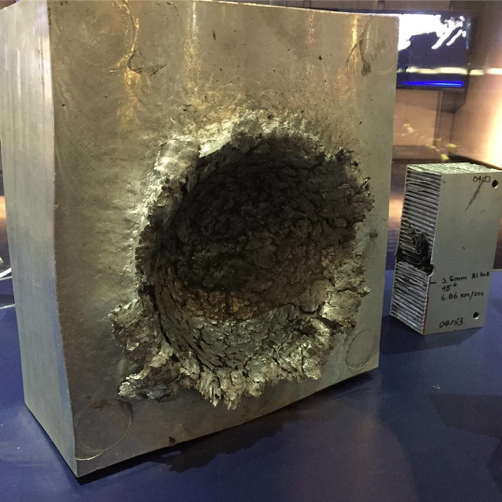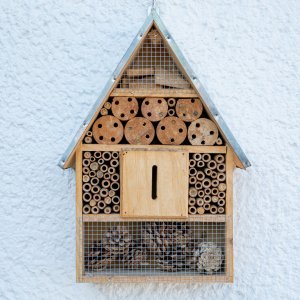Can you imagine if one day we were to establish contact with alien life? If it happens, we should not be surprised once they accuse us of polluting the space.
How did we manage to accumulate garbage so far away from Earth?
Space debris orbiting the Earth: a very real danger
The space age began in 1957. Since then, we have launched a multitude of rockets, spacecraft, satellites and technological equipment to discover more about space. Of all this, millions of pieces of space debris are floating around the Earth. This data leaves us with a very important reflection: since we started to explore beyond our planet, we also expanded our capacity to pollute.
Although the amount of space junk may seem very high, why should we worry about it, if we don't even see it? It turns out that it is a dangerous situation for two reasons:
- The speed: It can reach and exceed thousands of kilometers per second. For people who don't work at NASA: it means that if they collide, they could destroy active satellites.
- Interference: they influence telecommunications systems, both terrestrial and space navigation.
Look at the following image:

It is a simulation of what a small 15-gram piece of plastic could do to a solid block of aluminum in space. Turns out it wasn't such a small thing, was it?
How big does this special kind of debris get?
Less than 1 cm: more than 128 million are already in circulation, and they are so small that they are barely detectable.
Between 1 and 10 cm: there are approximately 900,000 in orbit, ranging in size from a marble to a tennis ball.
Larger than 10 cm: these are mostly lost tools or satellites that are out of service.
These "space debris" come from different countries and we know that, as of today, Russia takes first place for having discarded the most space debris, followed closely by the United States in second place and China in the third.
What are the consequences of all this floating space trash?
The greatest risk comes from the smaller fragments. These objects can damage the solar panels of active satellites. Another big problem comes from the fuel debris floating in space. This debris is flammable and, if it were to explode, it would disperse pollutants into the atmosphere. There are also some fragments that may contain radioactive material, so if they were to re-enter the Earth they would be highly polluting.
How do we solve this problem?
In relation to the debris that is already floating around in space, there are some initiatives that could solve the problem:
- Efficient design: building spacecraft and rockets that release the least amount of materials during launch.
- Laser: the fragments can be stopped by vaporizing their surface with a very high power laser.
- Reuse: reusing rocket materials that return to the surface in good condition.
- Passivation: eliminating the energy sources of unused satellites, thus avoiding possible explosions.
- Self-destruct: programming the satellite to leave orbit at the end of its useful life. The result? It is destroyed when it comes into contact with the atmosphere.
However, the perfect solution exists: no more debris in space.
Good news
If you've been worried that a piece of space debris might suddenly fall from the sky, don't worry. NASA has a special program dedicated to monitoring space junk, the U.S. Space Surveillance Network (SSN). The purpose is to monitor and identify these objects to predict when and where they might fall to Earth. So, for the time being, we can rest assured.
Moreover, steps are already being taken to solve the problem efficiently. Although the European Space Agency has a system to collect space debris thanks to a satellite that "traps" it by means of a net. But there is another very promising project: ClearSpace-1, approved in 2020. A mission in space to clean up garbage. A project that will be a milestone in space history that we will be able to see underway in 2025.









